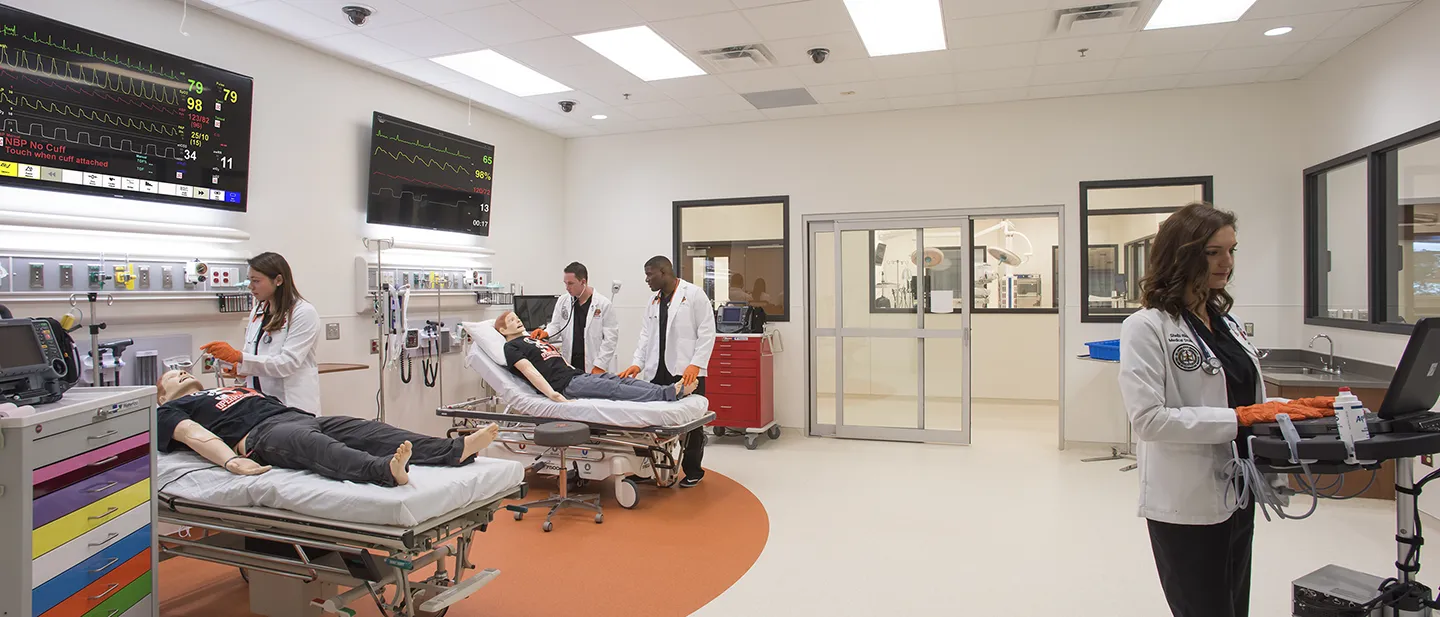As architects and designers, we’ve always prioritized resilience, which we define as the ability of a facility and its occupants to withstand, adapt to, and thrive through changes, stresses, and shocks. In recent years, our profession has focused more intently on designing for resilience against changing weather and environmental conditions such as rising sea levels, storms, and wildfires.
Nowadays, we’re particularly excited about the more holistic approach to resilience that our firm has embraced. While we still prioritize climate-driven hazards, we also look more closely at how changing social, cultural, and economic trends impact our clients.
For example, we’re seeing an increase in the duties and priorities placed on police and fire agencies. In disasters, they’re often required to provide emergency shelter services, and many police departments now collaborate with social service and public health providers. Similarly, an emphasis on community policing is growing in many jurisdictions.
As architects, we must adapt to these newer aspects of the public safety mission when designing new police facilities, fire stations, and other public safety buildings. Resilient design for these facilities must also feature the capacity to adapt and expand them as public safety agencies face new and different priorities in the future.
Flexible and Resilient
Making facilities flexible enough to adapt to future stresses is especially important in healthcare. One of our favorite examples of designing for flexibility is the Tandy Medical Academic Building at Oklahoma State University. While the center is dedicated to teaching—with simulated clinics and operating rooms—our team designed it so that these educational spaces can transition quickly to provide real-life acute care in the event that a tornado or other natural disaster overwhelms the capacity of nearby hospitals.
 Simulated clinic and operating rooms can be used to provide real-life acute care in the event that a natural disaster overwhelms the capacity of nearby hospitals.
Simulated clinic and operating rooms can be used to provide real-life acute care in the event that a natural disaster overwhelms the capacity of nearby hospitals.
Designing for resilience in future conditions can also mean incorporating, where feasible, efficient electric heating, ventilation, and air-conditioning (HVAC) systems that heat, cool, and ventilate without on-site fossil fuel combustion. While this approach advances sustainability by reducing greenhouse gas emissions, it can also enable facilities to earn revenue by participating in their utilities’ or grid operators’ programs to reduce energy usage at times of peak electricity demand.
Resilient and Sustainable
Like efficient electric HVAC, many other design and mechanical, electrical, and plumbing (MEP) features can be sustainable and resilient, but not all meet both goals. For example, a net-zero building without on-site backup power will be vulnerable to power outages. Installing diesel generators will provide backup power during outages but will also produce local emissions. A resilient and sustainable strategy for backup power is a solar and storage system, which deploys battery electric storage and the capability to power core functions of the facility during outages.
While cost-effectiveness in design has always been important, today, it’s essential after several years of surging materials costs. Costs can create obstacles to incorporating resilience measures, yet there are often creative opportunities to produce multiple benefits through resilient design. For example, where coastal facilities and neighborhoods must be modified due to increased flooding, there are opportunities to create public amenities that also serve resilience goals. Green infrastructure measures like bioswales and permeable surfaces can be integrated into new parks and public open spaces.
While this broader and more integrated approach to resilience in design is somewhat new, we're confident it will be a defining element of good architecture and design for decades.